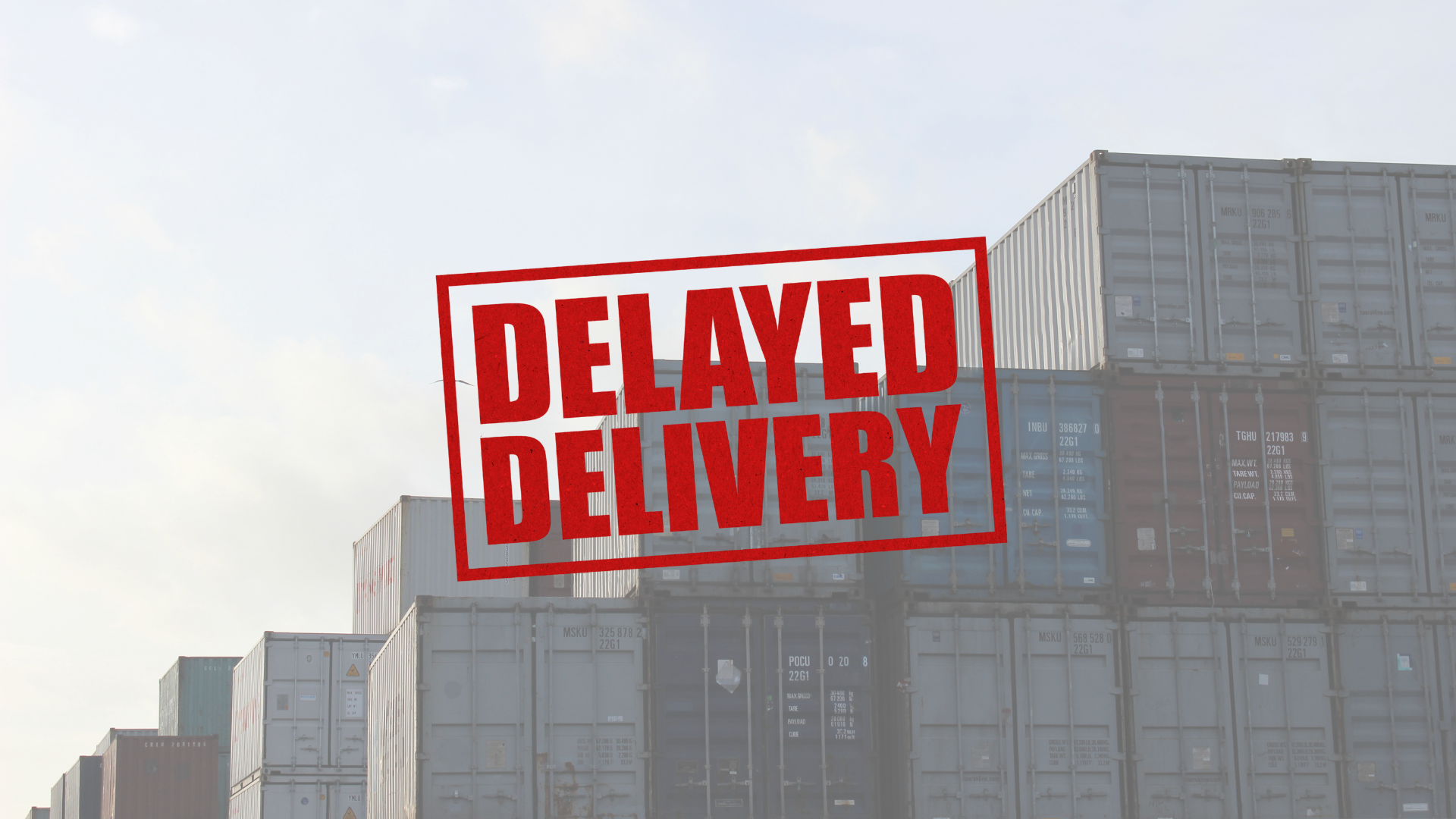Improving Global Supply Chain Visibility Through IoT-Enabled End-to-End Container Tracking
.jpg)
Supply chain disruptions cost businesses billions each year. Delays, lost shipments, and inefficiencies erode profits and damage customer relationships.
But what if you could track every container and its condition (temperature, humidity, door tampering) in real time?
IoT-enabled container tracking makes that possible. By equipping shipping containers with smart sensors, companies gain complete visibility into their cargo—location, condition, and security—throughout the journey.
This tracking solution is transforming global trade. If you're involved in logistics, manufacturing, or retail, understanding how to implement IoT tracking can significantly improve your operations.
What Is IoT-Enabled Container Tracking?
IoT (Internet of Things) refers to connected devices that collect and transmit data. In container tracking, IoT sensors are attached to shipping containers, providing continuous updates on:
- Location – GPS-enabled tracking ensures real-time monitoring.
- Temperature – Critical for perishable goods, sensors detect fluctuations.
- Humidity – Helps prevent damage to sensitive cargo.
- Shock & Tilt Detection – Alerts companies to mishandling or potential theft.
- Door Status – Notifies users if a container has been opened unexpectedly.
Instead of waiting for port updates or relying on outdated tracking methods, businesses get instant, data-driven insights into their shipments.
Why Supply Chain Visibility Matters
Every delay or lost shipment impacts your bottom line. IoT tracking addresses key supply chain challenges:
1. Real-Time Location Tracking
You always know where your cargo is. If delays occur, you can proactively adjust schedules or inform customers.
Example: A U.S.-based electronics distributor uses IoT tracking to monitor shipments from Asia. When a container is delayed at customs, they receive an alert and notify customers about revised delivery times.
2. Predictive Analytics for Disruptions
IoT tracking provides historical and real-time data to anticipate issues before they happen.
Example: A European auto manufacturer uses IoT data to predict congestion at key ports. By analyzing past shipment trends, they optimize routing and avoid costly delays.
3. Improved Security & Theft Prevention
Containers fitted with IoT sensors detect unauthorized door access, unusual movements, or sudden changes in environmental conditions.
Example: A pharmaceutical company shipping temperature-sensitive drugs receives an alert when a container's temperature spikes unexpectedly. A quick intervention prevents product loss.
Case Study: Hapag-Lloyd’s IoT Tracking Implementation
One of the world's largest shipping companies, Hapag-Lloyd, is rolling out IoT-based container tracking across its fleet.
- As of 2024, over two-thirds of their dry container fleet is equipped with IoT tracking devices.
- The goal is full coverage by summer 2024
- Their system provides real-time location tracking and condition monitoring, eliminating blind spots in global shipping.
For businesses, this means better planning, fewer surprises, and a more reliable supply chain.
Challenges of Implementing IoT Container Tracking
Despite its benefits, companies must navigate a few hurdles:
1. High Implementation Costs
IoT tracking devices, data storage, and integration with existing systems require investment. However, the long-term savings in reduced losses and improved efficiency outweigh the costs.
2. Cybersecurity Risks
IoT systems collect vast amounts of data, making them attractive targets for cyberattacks. Strong encryption and strict access controls are necessary.
3. Integration with Legacy Systems
Many companies still rely on older tracking solutions. Seamlessly integrating IoT tracking with existing software and logistics platforms can be complex.
The Future of IoT in Container Tracking
The logistics industry is moving toward fully digitized, autonomous supply chains. Here’s what’s coming next:
- 5G Connectivity – Faster and more reliable IoT data transmission.
- AI-Powered Insights – Predictive analytics will become even more accurate.
- Blockchain for Secure Transactions – Ensuring transparency and reducing fraud.
Companies that adopt IoT tracking today will gain a competitive edge in an increasingly digital supply chain landscape.
What’s Your Next Step?
Are you still relying on manual tracking updates? How would real-time supply chain visibility improve your business operations?
If reducing delays, cutting costs, and preventing losses are priorities, IoT-enabled container tracking should be on your radar.
The future of logistics is smart, connected, and data-driven. Are you ready to adapt?
최근 몇 년 동안 기업들은 원자재 수급 차질, 물류 지연, 운송 비용 급등과 같은 문제에 직면하며 공급망 불안정성을 실감하고 있습니다. 이러한 불확실성 속에서 기업들은 단순한 비용 절감을 넘어, 리스크를 최소화하고 예측 가능성을 높이는 방향으로 공급망 관리(Supply Chain Management, SCM)의 패러다임을 전환하고 있습니다.
선박 충돌은 단순한 해양 사고를 넘어 해상 물류 전반에 연쇄적인 피해를 초래하는 고위험 리스크입니다. 본 글에서는 실시간 데이터 기반 예측과 SeaVantage 솔루션을 통해 이러한 충돌 위험을 사전에 감지하고 효과적으로 대응하는 전략을 소개합니다.
화물 운송 지연은 단순한 일정 변경이 아니라 기업의 수익과 신뢰도에 직접적인 영향을 미칩니다. 복잡한 글로벌 공급망을 운영하는 기업이라면 화물 운송 지연으로 인해 추가 비용 발생, 계약 불이행, 고객 만족도 하락 등의 문제가 발생할 수 있습니다.
Discover how IoT cargo monitoring reduces spoilage, damage, and delays across industries. Learn how real-time visibility with SeaVantage protects shipments and improves logistics performance.
Extreme weather is disrupting ocean shipping more than ever, causing delays, rising costs, and supply chain chaos. Discover how real-time visibility tools like SeaVantage help logistics teams predict and adapt to storms, droughts, and port closures—keeping cargo on track and businesses ahead of disruptions.
Discover how poor speed and draught management in shipping can lead to skyrocketing fuel costs, compliance risks, and operational inefficiencies. Learn actionable strategies to optimize vessel performance and save millions.



.svg)
.png)






.png)